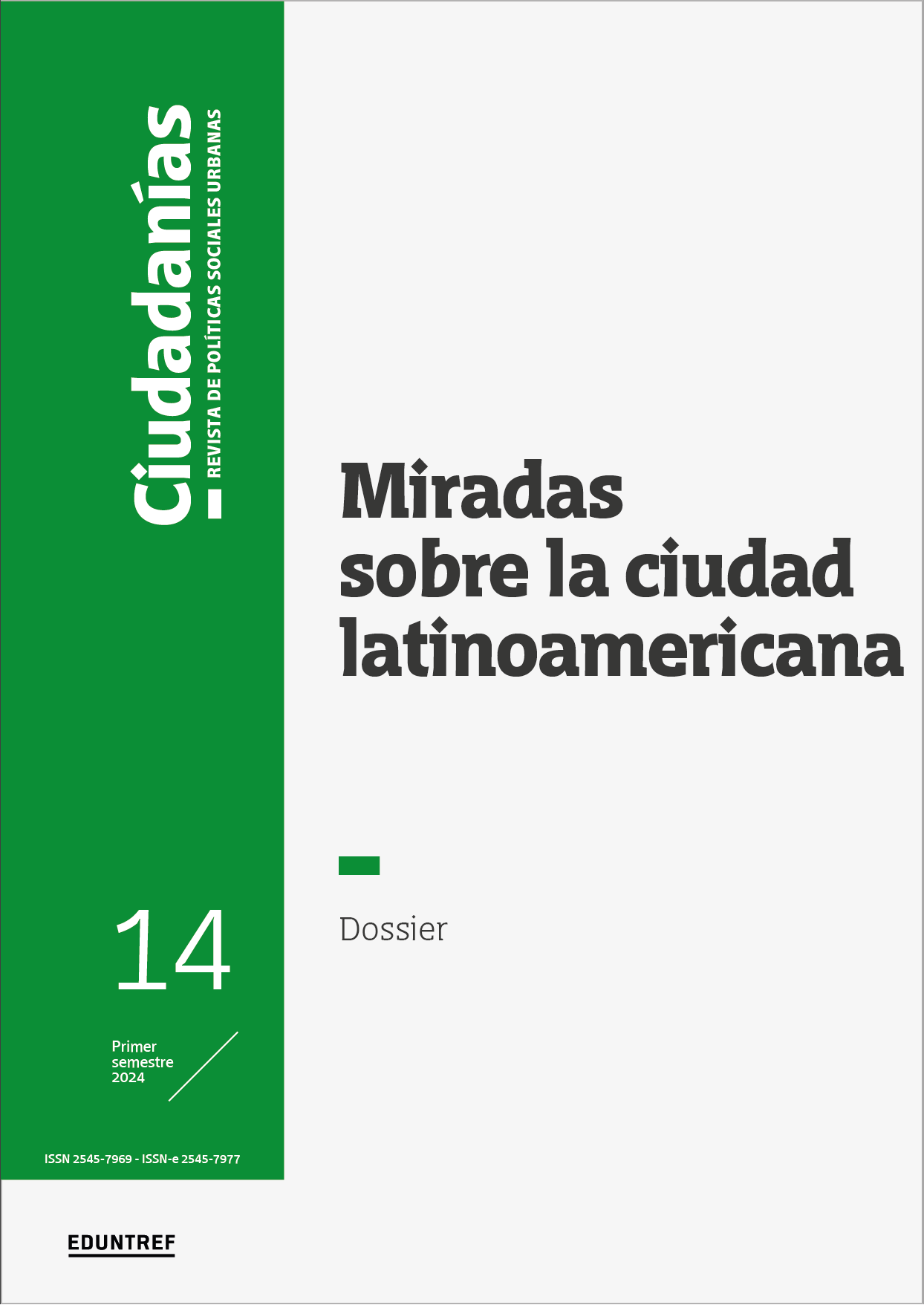Abstract
We present the process of construction of a popular memory archive in Villa 20, Lugano, Buenos Aires. We interpret the contributions that this type of reservoir can offer to the analysis of the right to inhabit the city and the historical dynamics of transformation of large cities. To do so, we first situate the Construction of the Archive of Popular Memory Villa 20 (CAMPV20 or Archive in the following) in its context. We have elaborated our analysis in three sections. In the first, from the perspective of urban studies, we highlight the recent historical processes of the neighborhood using three key categories: place, space and territory. In the second, we present an interpretative framework of the Archive that supports the notion that in these memory practices a situated history of a part of the city like Buenos Aires is being constructed. In the third analytical section we present and analyze the material hosted on the Archive's website, material that accounts for different processes that make it possible to inhabit Villa 20. Thus, our central argument is that the construction of a popular memory archive in Villa 20 is making an important contribution to the understanding of the historical process of that territory and to the disputes surrounding the right to inhabit the city. In the conclusions we give an account of our possible answers to two questions that guided the analysis: How does the construction of an archive of popular memory in Villa 20 contribute to the understanding of the historical process of this territory, and how does the process of remembrance of the right to inhabit this territory take place concretely and what effects does this remembrance seem to produce in the narrative about the past, in the present positioning and in the prefiguration of possible futures? We argue that the analytical and interpretative perspective that we carry out allows an original contribution to the field of urban studies as it inquires about the possibility of inhabiting Villa 20 from a concrete practice of the exercise of memory, producing a transdisciplinary analytical-interpretative matrix.

